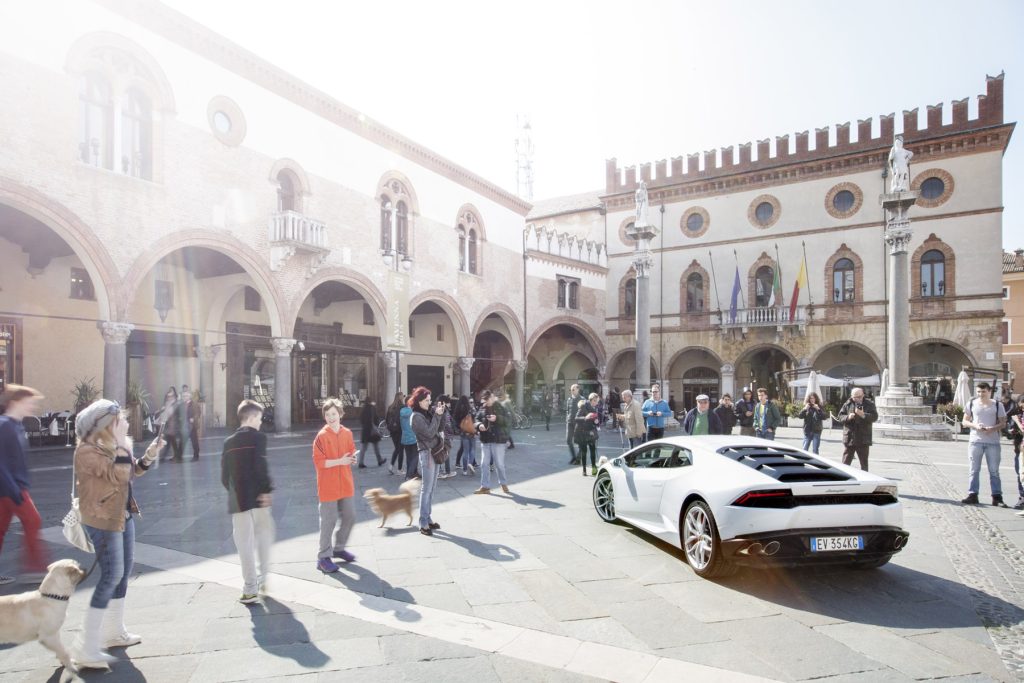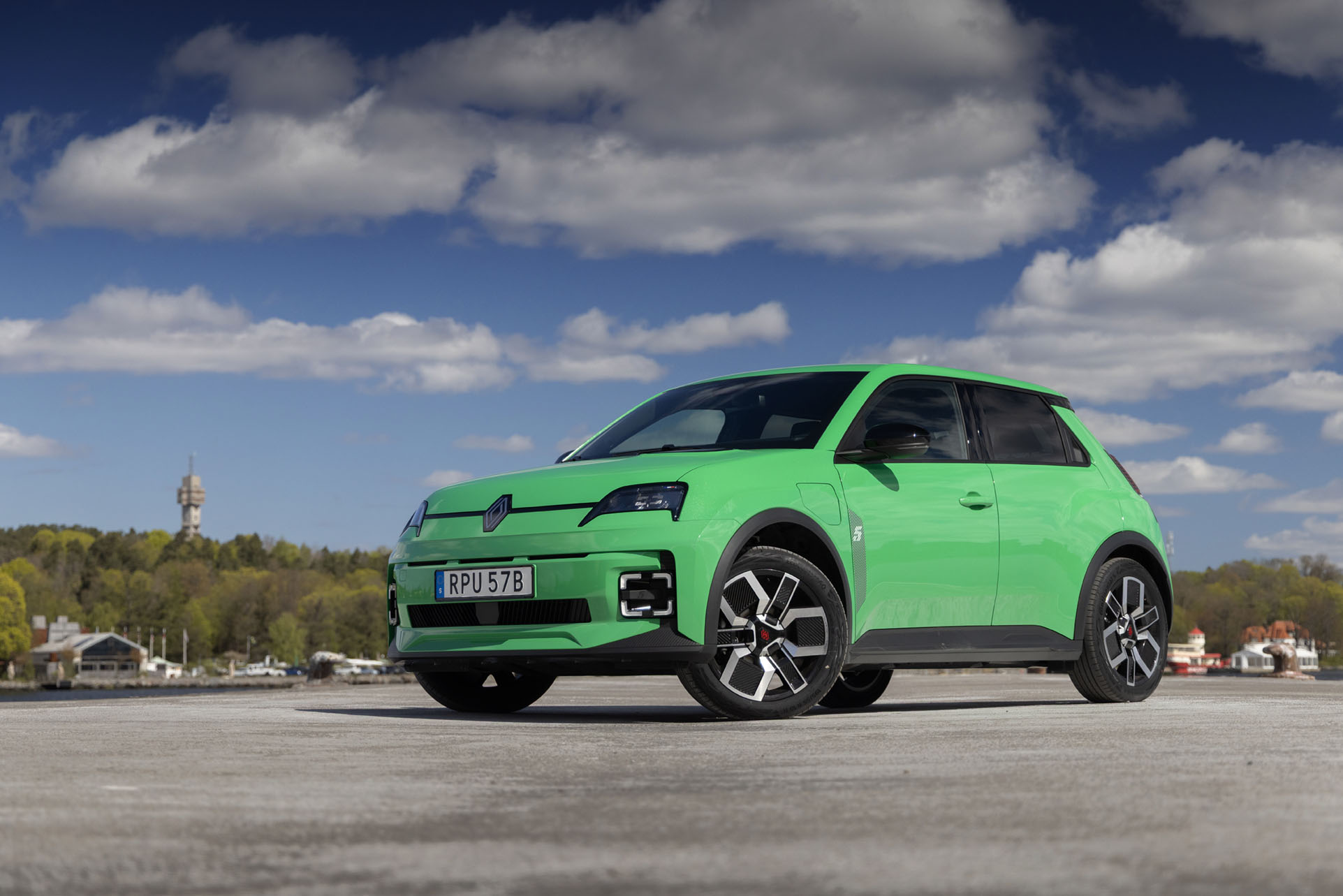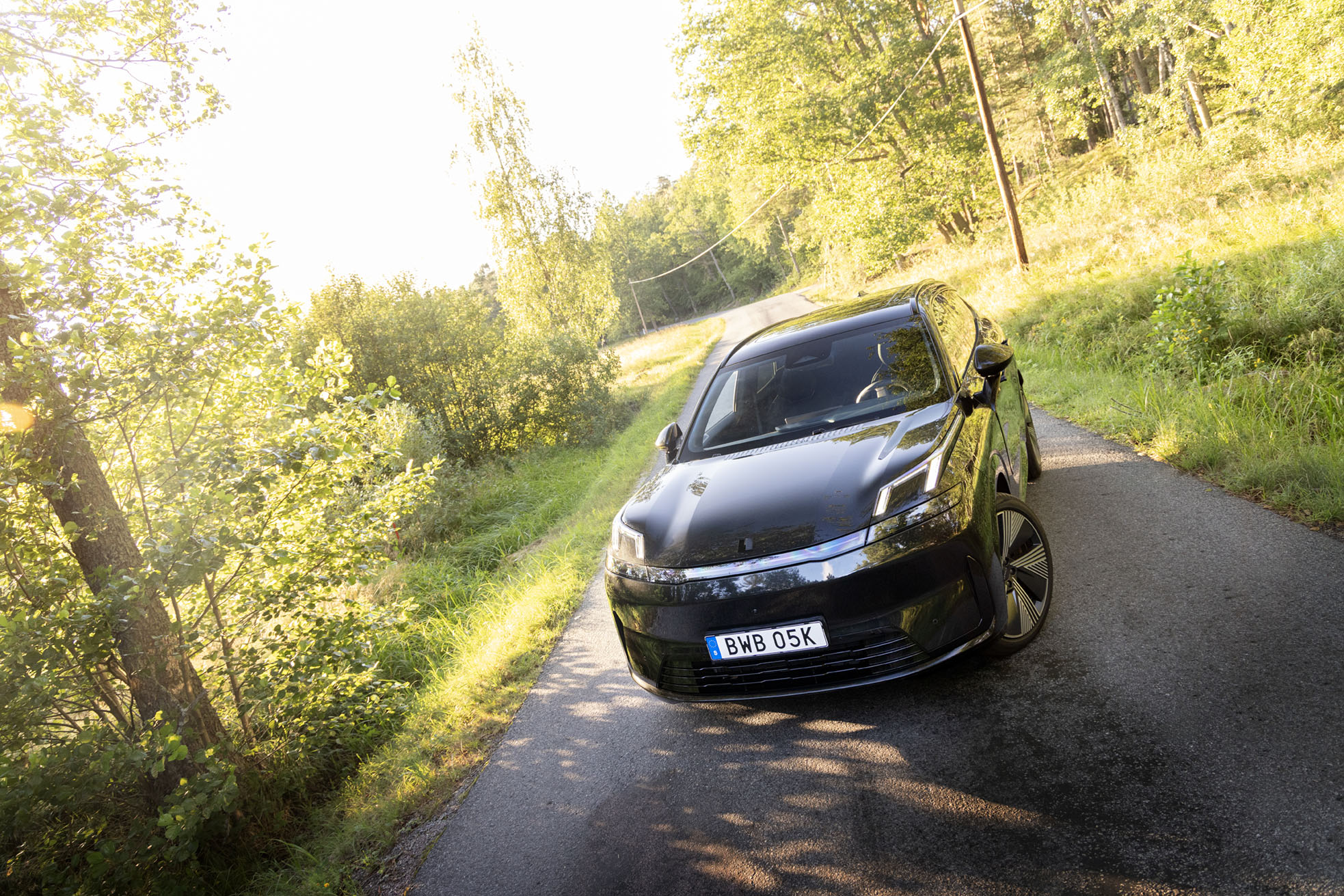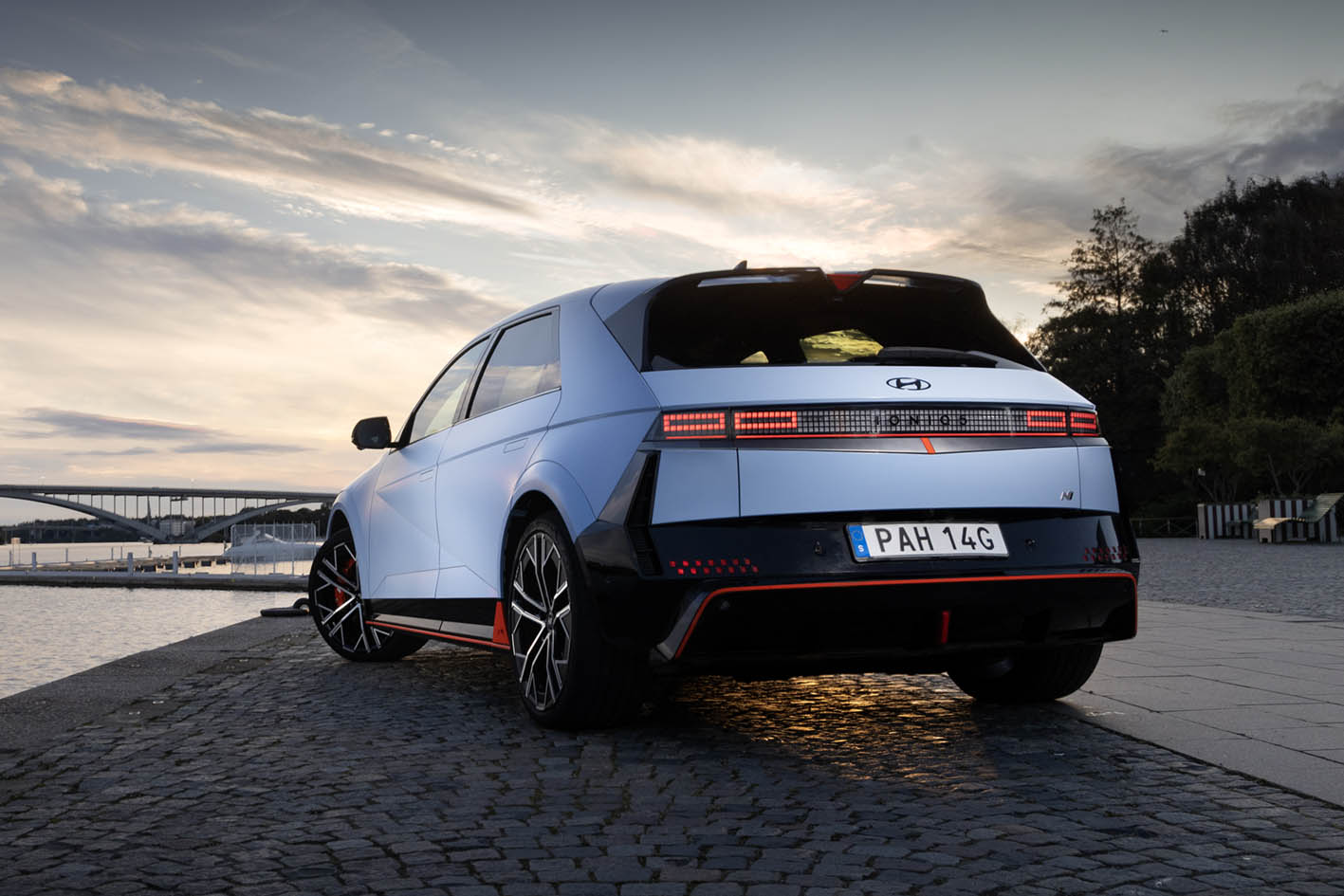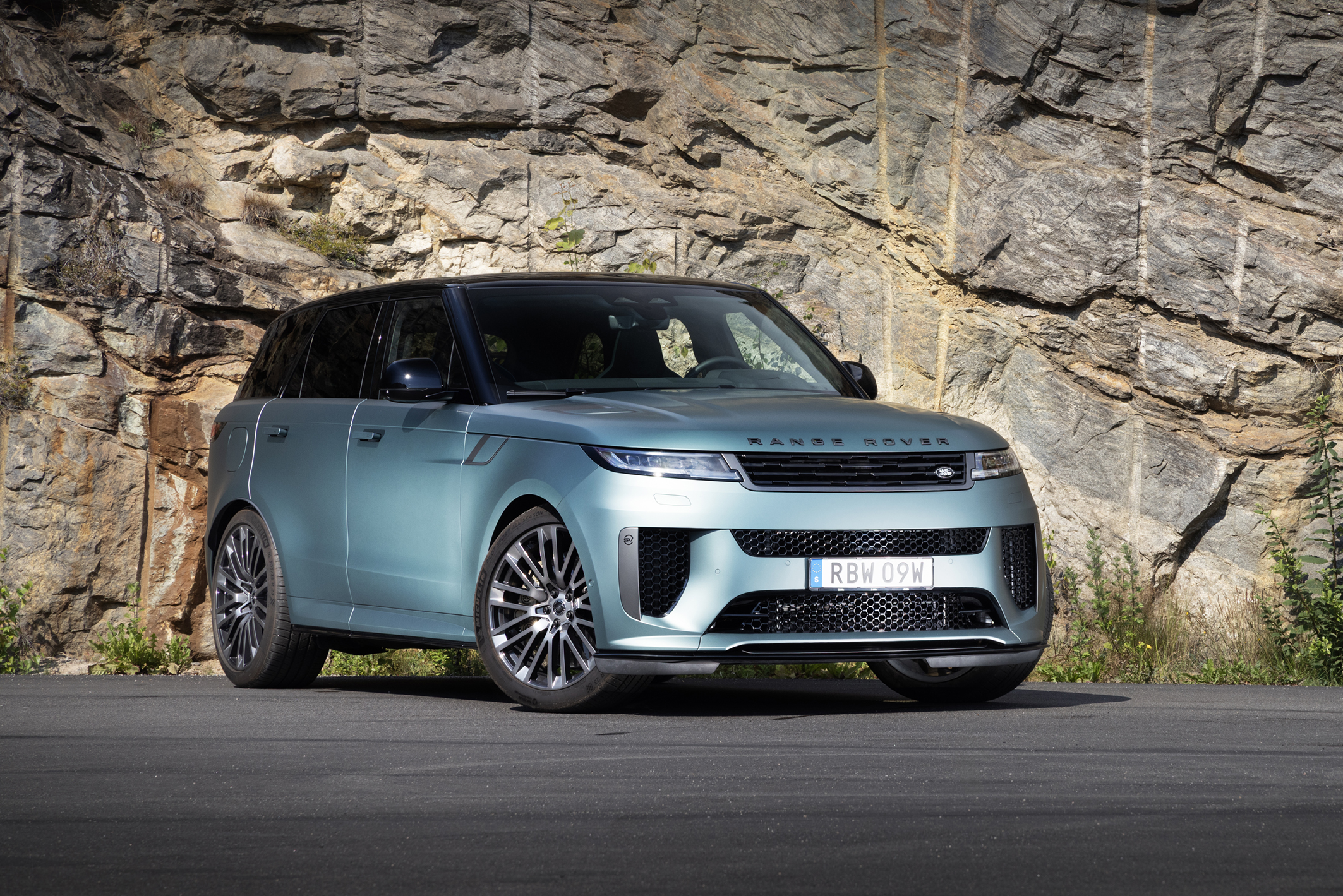
The article was originally produced on August 30, 2014, some facts and prices may have changed since then.
Lamborghini Huracan
The Gallardo has finally been replaced and the Huracán takes off with exactly the power expected of a bull from Sant'Agata Bolognese!
In 2003, something happened that significantly changed the future of the Italian super sports car brand Lamborghini. The Gallardo model was born. A strictly two-seater coupe fitted with a 5 liter V10 engine behind the seats. The Gallardo became the brand's entry-level model below the powerful V12 monster Murciélago. What greatly contributed to the success was that the brand was sold to the German Volkswagen Group at that stage. New money was pumped in, production increased, and the Gallardo sold more than 14,000 units, making it the best-selling Lamborghini model ever. During the ten years the Gallardon has existed, a plethora of versions have been produced, so many that it even becomes difficult to keep track of them. Initially the V10 engine delivered 500 horses but in the final model LP 560-4 the output had been increased to 560 which sent it from standstill to 100 km/h in 3.7 seconds.

The time for a successor to the Gallardon has been on the agenda for quite some time now and when the Huracán was finally unveiled this year at the Geneva Motor Show, expectations were huge! The exact designation of the Huracán is LP 610-4. 610 stands for the power and four for the four-wheel drive. The name Huracán, just like all other Lamborghini models, is a famous bull that fought in a bullfight. In the case of Huracán, this must have happened in Alicante in 1879. But the name Huracán is also Spanish and the name of a hurricane-like wind from the mythology of the Mayan people.

With Gran Turismo's event, Baltica 2014 in Pärnu, Estonia, Auto 100 and Lamborghini took the opportunity to have the Nordic presentation of the Huracán. It all took place on the Auto Ring 24 track, a fast and technical track for heart-pounding fun. When you sit in the driver's seat, the difference from the Gallardon is noticeable. The driver's environment has been thoroughly refreshed and the thoughts are more towards the instrumentation to fighter plane than a car. To start the car, a red protective cover must be folded up so that the start button can be pressed. Once it does, the V10 engine roars into action, initially with a whine and shrill note before reaching operating temperature.

Then it descends to a more hissing sound that still reminds of its potency. The biggest difference regarding the powertrain in the Huracán compared to the Gallardo is that the car is now equipped with a reptilian double-clutch gearbox instead of the tough but oh so brutal E-Gearbox. Shifts are now faster than lightning! The car has three driving programs that are set with a button at the bottom of the steering wheel. For regular day trips, the "Strada" mode should be selected. In this mode, the car is soft, compliant and relatively quiet with good comfort. If you put it in "Sport", the car changes and gets a much more alert and lively demeanor, more suitable for fast trips on curvy roads. On a day like this and on a racing track, the last mode "Corsa" is set. The car now turns into a testosterone-fueled bull that is anything but calm. Throttle opens which changes the sound from hissing to screeching, with each shift which is now like a horse's kick it bangs and bleeds from the pipes in the back. The first turn comes and thanks to phenomenal balancing, the car turns in exactly where you aim with the steering wheel. The curve straightens out and the gas pedal is planted on the floor. With the fine four-wheel drive, the car shoots out of the turn on the straight like a rifle bullet. A quick glance at the speedometer before it's time to move your foot from the gas pedal to the brake shows a speed of 200 km/h. Something that happened in just under 10 seconds. Top speed is 325 km/h and 0-100 is achieved in 3.2 seconds. The brakes, which are of the carbon fiber ceramic type, bite and feel like driving into a wall. When you then quickly step on the gas again, the brain does not keep up and you become almost nauseous stuck in a positive way.




The Lamborghini Huracán is a great car and the successor to the Gallardo, it delivers exactly what is expected of it plus much more. There is no doubt that it will be a bestseller. And just like with the Gallard, we can probably expect a plethora of different versions. A lighter version more adapted for days like this on the track is enough to count on. Right now, however, it feels quite superfluous for the Huracán, as it is today, brings a rush of joy that lasts!
Lamborghini Huracan
| Basic price | About SEK 2,300,000 |
| Engine | 5.2-liter V10, 610 hp. Torque 560 Nm |
| Power transmission | Rear engine, 7-speed dual-clutch gearbox, four-wheel drive |
| Acceleration | 0-100 in 3.2 sec |
| Top speed | 325 km/h |
| Fuel consumption mixed driving according to the manufacturer | 1.25 l/mile |
| Weight | 1,422 kg |
| Web | www.lamborghini.com |
